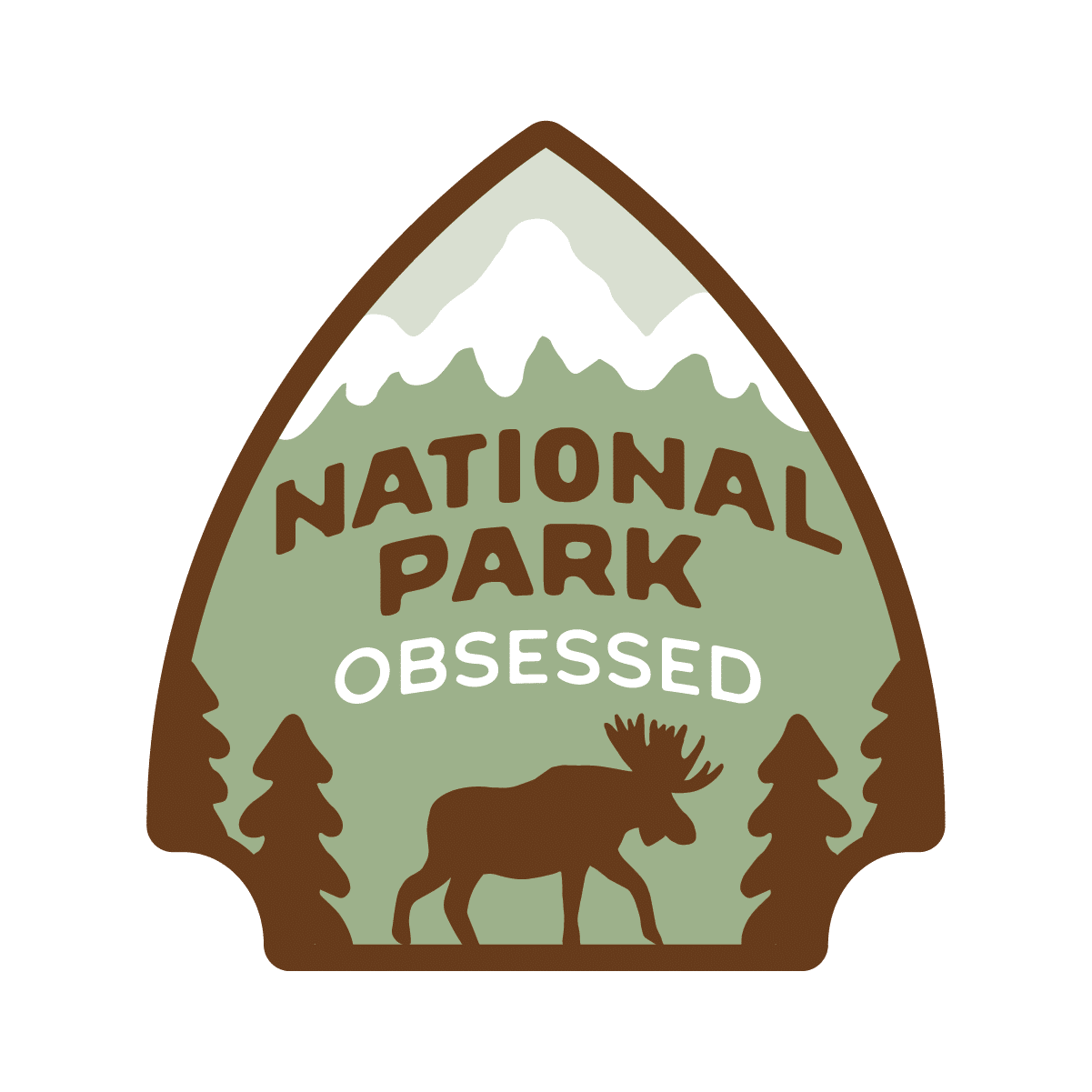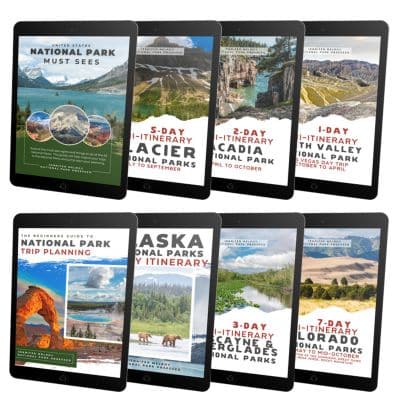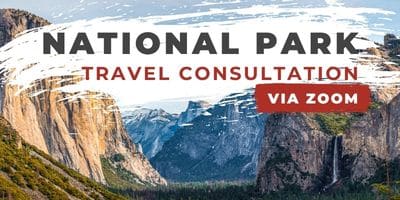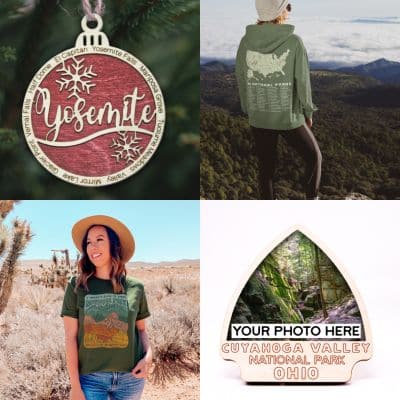Visiting Guadalupe Mountains National Park
- Jennifer Melroy
- Last Modified January 27, 2024
- First Published on October 31, 2020
Planning a trip to Guadalupe Mountains National Park and need some help planning your trip?
Here is the National Park Obsessed guide for visiting Guadalupe Mountains National Park, Texas.
Planning a Trip to Texas? Download your free Texas National Park Map HERE.
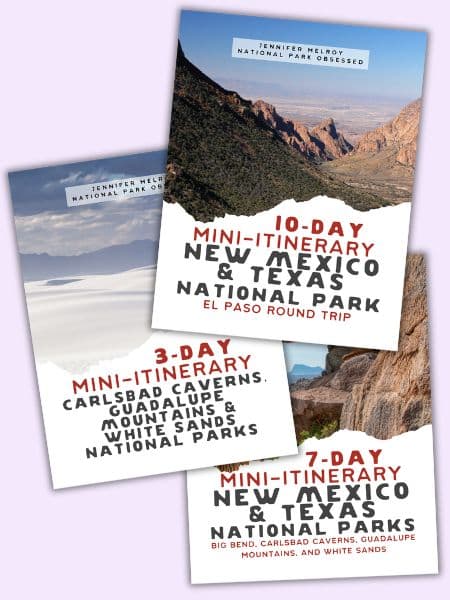
Does Texas and New Mexico Trip Planning Leave You Feeling Overwhelmed?
Jump right into booking your Texas and New Mexico National Park trip with our expertly designed, pre-made, downloadable National Park itineraries.
The Quick Guide to Visiting Guadalupe Mountains National Park
Guadalupe Mountains National Park Basics
Region: Intermountain / Southwest
ark Size: 86,367 acres (134.95 sq miles) (349.51 sq km)
Location: Culberson and Hudspeth counties
Closest Cities: Dell City, Texas
Busy Season: March
Visitation: 188,833 (in 2019)
How much does Guadalupe Mountains National Park Cost?
Guadalupe Mountains National Park costs the following:
- 7-day Individual Pass (Over 16-year-old) – $10
- Under 16 – Free
The American the Beautiful Pass covers the entrance fee as well offers free admission to all 116 fee-charging National Park Units.
When is Guadalupe Mountains National Park Open?
Guadalupe Mountains National Park is open year-round.
Are dogs allowed in Guadalupe Mountains National Park?
Yes, pets are welcome in Guadalupe Mountains National Park but are limited to developed areas such as roads, parking areas, picnic areas, and campgrounds. Pets are not allowed on the trails in the park. Please review the Guadalupe Mountains Pet Policy before bringing your dog to Guadalupe Mountains.
Where are Guadalupe Mountains National Park’s visitor centers?
Pine Springs Visitor Center – Open Year Around
Land Acknowledgments for Guadalupe Mountains National Park
The National Park known as Guadalupe Mountains National Park sits on Mescalero Apache land.
Thank you to the Native Land Digital for making the Indigenous territories accessible to all. They have mapped the known territories to the best of the current knowledge and is a work in progress. If you have additional information on the Indigenous nations boundaries, please let them know.
Native Land Digital is a registered Canadian not-for-profit organization with the goal to creates spaces where non-Indigenous people can be invited and challenged to learn more about the lands they inhabit, the history of those lands, and how to actively be part of a better future going forward together.
Where to stamp your National Parks Passport Book in Guadalupe Mountains National Park?
The National Park Passport Book is the BEST and cheapest National Park souvenir. Every National Park Obsessed person should have one of these books.
If you are new to the National Parks, you can learn more about the National Parks Passport program here or jump right in by ordering:
- The ever-popular Classic National Parks Passport
- Get 15% Off Your Next Order at the America’s National Parks Online Store with Code: NATIONALPARKOBSESSED at Checkout
- Or get the National Park Obsessed’s National Park Passport & Journal
IMPORTANT: Do NOT stamp your government-issued passport.
There are three official stamps for Guadalupe Mountains National Park. Here is the list of National Park Passport Stamps you can get in Guadalupe Mountains National Park:
- Dog Canyon
- McKittrick Canyon
- Salt Flat, TX
Guadalupe Mountains National Park Passport Stamp Locations
Here are all the locations to find the Guadalupe Mountains National Park Passport Stamps. Not every stamp is available at every location.
- Dog Canyon Ranger Station
- McKittrick Canyon Visitor Center
- Pine Springs Visitor Center
Jennifer Melroy
Hi, I'm Jennifer!
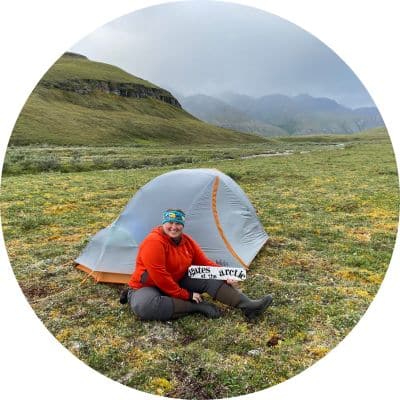
Welcome to the wonderful world of National Parks. I'm here to help you plan your NEXT amazing adventure through the United States National Parks and beyond. I want the national parks to be accessible to all.
I live in Tennessee, and when I'm home, you can find me hiking in the Smokies and the Cumberland Plateau.
58/63 National Parks
250+/423 National Park Units
Want to know more? Start Here.
ACKNOWLEDGEMENT OF LAND
On this site, we promote travel to the United States and beyond that are the traditional lands of Indigenous and First Nations peoples.
With respect, I make a formal land acknowledgment, extending my appreciation and respect to these lands’ past and present people.
To learn more about the people who call these lands home, I invite you to explore Native Land.
DISCLAIMER
National Park Obsessed assumes no responsibility or liability for any errors or omissions in the content of this site (NationalParkObsessed.com). The information contained in this site is provided with no guarantees of completeness, accuracy, usefulness or timeliness. You are encouraged to conduct your own due diligence before acting on the information provided on this site and should not rely on the opinions expressed here.
There is an inherent risk in all outdoor recreation activities, the reader assumes all responsibility for their own personal safety.
DISCLOSURE
We are a participant in the Amazon Services LLC Associates Program, an affiliate program designed to provide a means for us to earn fees by linking to Amazon.com and affiliated sites.
Privacy Policy • About Us • Contact
Select stock photography provided depositphotos
Copyright ©2023 National Park Obsessed, LLC
Privacy Overview
Last Updated on 27 Jan 2024 by Jennifer Melroy
